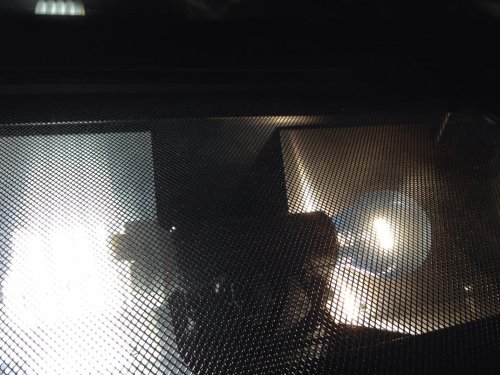ReptiGeek
New Member
Hey everyone,
I'm curious to know if anyone on the forums has used the Exo Terra compact tops (http://exo-terra.com/en/products/compact_top.php) for both UVA/B and heat, like the Zoo Med dual dome fixture? That being said, the compact top says it has a 26W maximum bulb rating, but I don't entirely see why. The socket seems more then capable of handling up to a 60W bulb.
Any input would be greatly appreciated, especially since I have 2 of these fixtures laying around!
Thank you in advance,
Travis
I'm curious to know if anyone on the forums has used the Exo Terra compact tops (http://exo-terra.com/en/products/compact_top.php) for both UVA/B and heat, like the Zoo Med dual dome fixture? That being said, the compact top says it has a 26W maximum bulb rating, but I don't entirely see why. The socket seems more then capable of handling up to a 60W bulb.
Any input would be greatly appreciated, especially since I have 2 of these fixtures laying around!
Thank you in advance,
Travis




